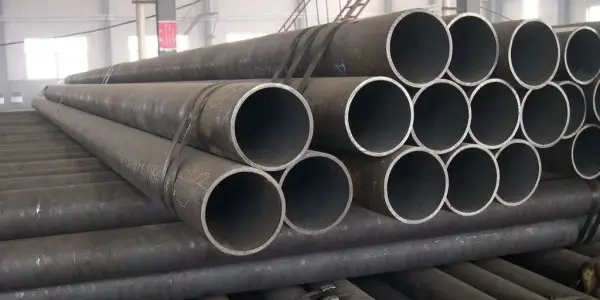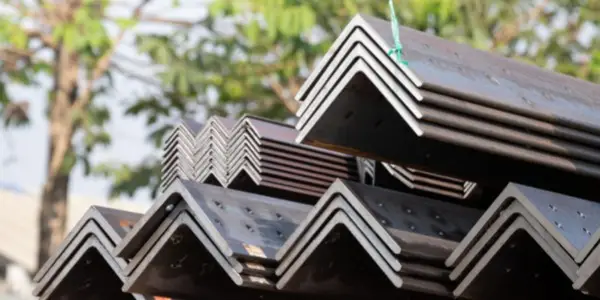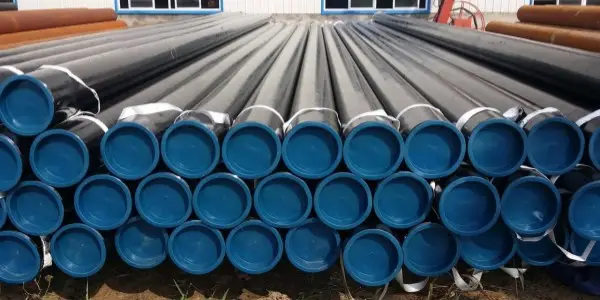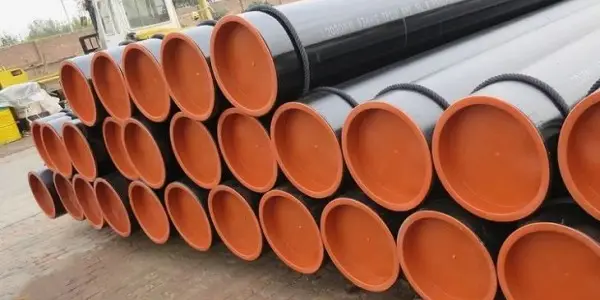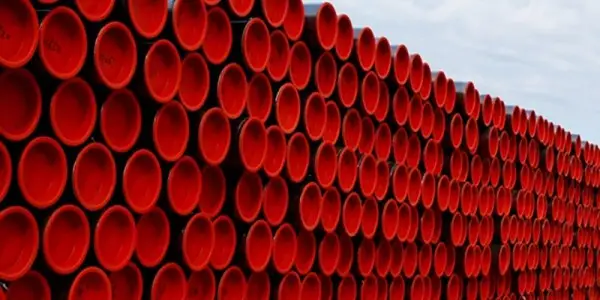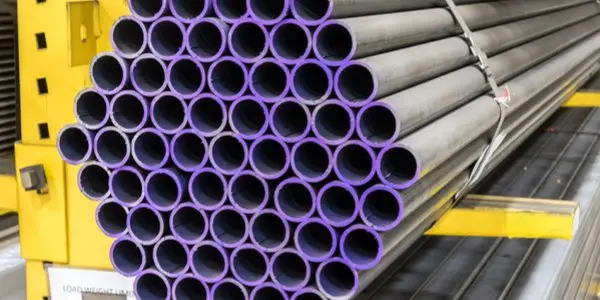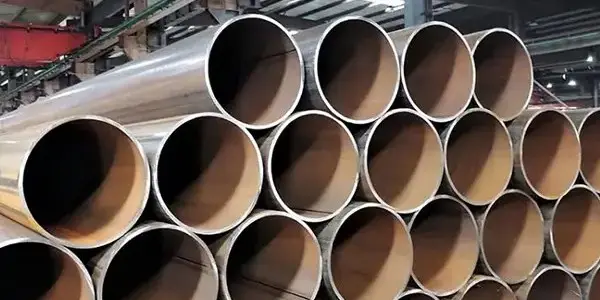-
Characteristics and applications of high carbon steel seamless pipes
High carbon steel, often referred to as tool steel, contains a carbon content ranging from 0.60% to 1.70%, and is known for its ability to be quenched and tempered.
Read More
-
Angle steel weight calculation method
Angle steel finds extensive application in a variety of construction and engineering projects, such as house beams, bridges, transmission towers, lifting equipment, ships, industrial furnaces, reaction towers, container racks, cable trench supports, power pipelines, busbar bracket installations, and warehouse shelves. To precisely determine the weight of angle steel, it’s essential to understand the weight calculation formula, which will be explained in detail below.
Read More
-
API 5L pipe size tolerances
The API 5L standard establishes precise size tolerances to ensure that line pipes meet dimensional accuracy for consistent performance. These tolerances are applied to various dimensions of the pipe, including outside diameter, wall thickness, and length. This article will briefly introduce API 5L pipe size tolerances.
Read More
-
API 5L line pipe test methods
The API 5L standard outlines a variety of testing methods that are essential for ensuring the performance, quality, and integrity of line pipes. These tests help to confirm that the pipes meet specific requirements for safety and durability. Below is a summary of the key test methods used for API 5L line pipes.
Read More
-
API 5L pipe product specification level
API 5L pipes, widely used for oil and gas pipelines, are categorized into two product specification levels (PSL): PSL1 and PSL2. The abbreviation PSL stands for Product Specification Level, which indicates the quality level of the pipes. These two levels have distinct requirements regarding chemical composition, mechanical properties, and testing protocols. Understanding these differences is critical when selecting the appropriate pipe for a specific application.
Read More
-
API 5L steel line pipe delivery conditions
API 5L pipes, commonly used for oil and gas transportation, are available in various delivery conditions that influence their mechanical properties and suitability for specific applications.API 5L steel line pipe adopts different steel grades. As steel line pipes’ grades go higher, they have stricter control on the carbon equivalent control, and higher mechanical strength performance. This article will briefly introduce API 5L steel line pipe delivery conditions.
Read More
-
Geometric dimension accuracy of seamless steel pipes
The geometric dimension accuracy of seamless steel pipes refers to the precision with which the outer diameter, wall thickness, and length conform to specified tolerances during the manufacturing process. Maintaining high dimensional accuracy ensures the pipe’s performance, safety, and compatibility with other system components. Here are key factors related to the geometric dimension accuracy of seamless steel pipes.
Read More
-
Strength grade of seamless steel pipe
Seamless steel pipes are high-strength, temperature-resistant, and corrosion-resistant steel products, extensively used in industries such as petroleum, chemicals, aviation, and aerospace. Based on their load-bearing capacity and performance characteristics, seamless steel pipes are categorized into various strength grades
Read More
-
How to groove seamless steel pipes?
Seamless steel pipes can indeed be grooved, a process that involves creating various types of grooves on the pipe's surface to enhance its performance. Grooving can improve the internal surface area and resistance of the pipe, leading to better fluid delivery efficiency. The grooving of seamless steel pipes can be achieved through several methods, each suited to different applications and requirements. Here’s a more detailed look at the common methods used for grooving seamless steel pipes.
Read More
-
Rust removal methods of thick-walled seamless steel pipes
In the manufacturing and maintenance of thick-walled seamless steel pipes, effective rust removal is crucial to ensure product durability, performance, and longevity. Various methods are employed to clean and prepare the surface of these pipes, each offering distinct advantages depending on the condition of the pipe and the level of rust present. Below are several key methods commonly used to remove rust from thick-walled seamless steel pipes.
Read More

 English
English Español
Español




 Tel : +86-18565811709
Tel : +86-18565811709 Email :
Email : 
